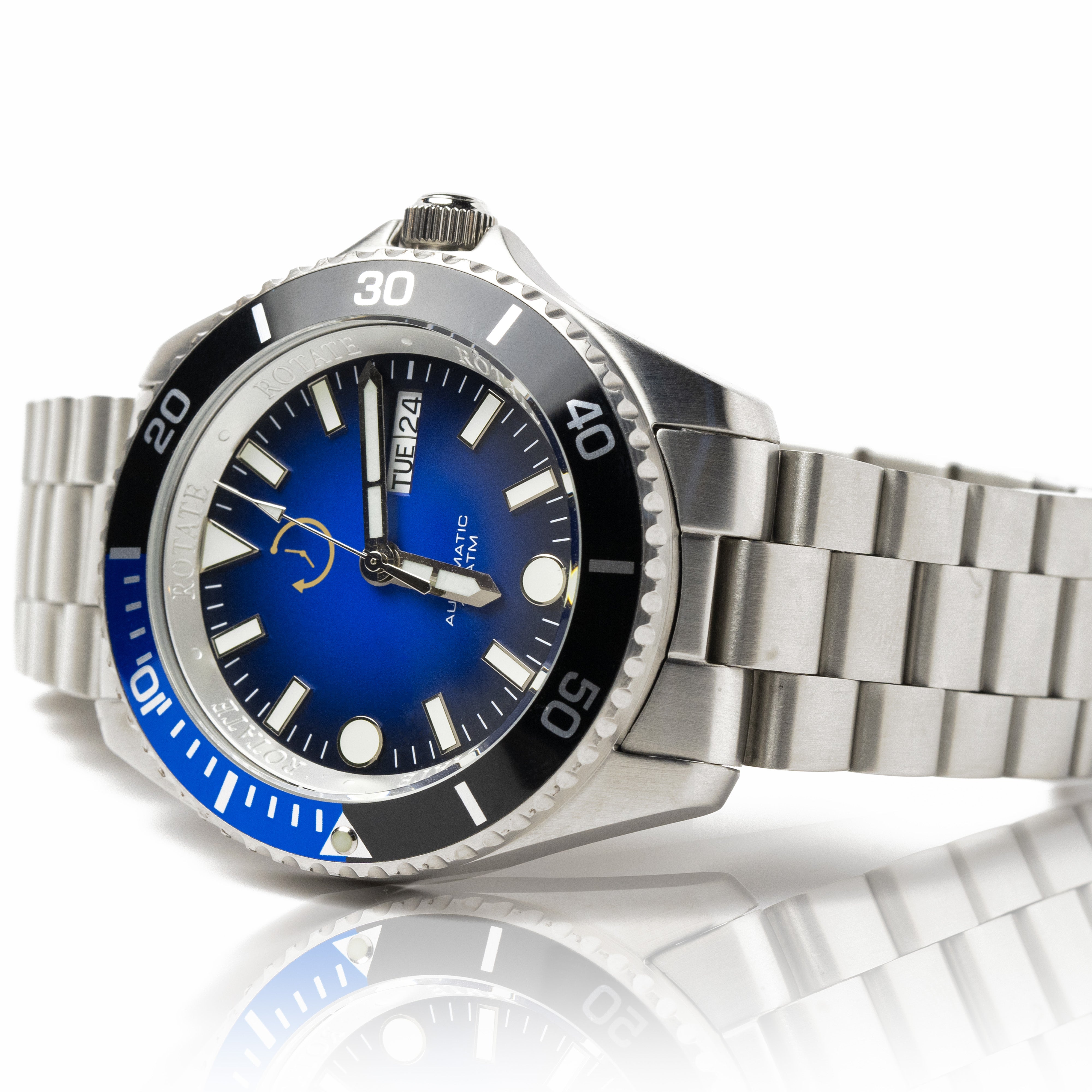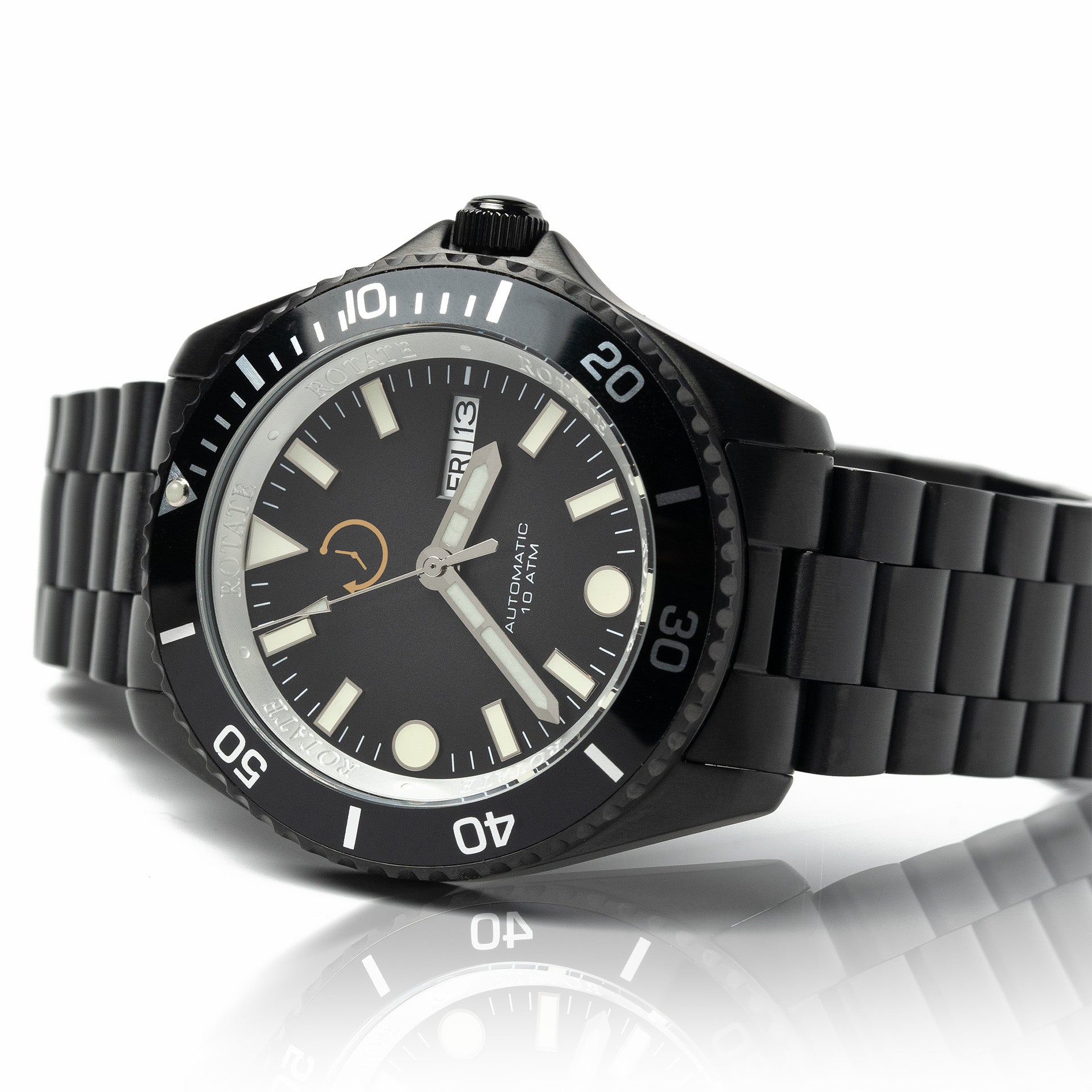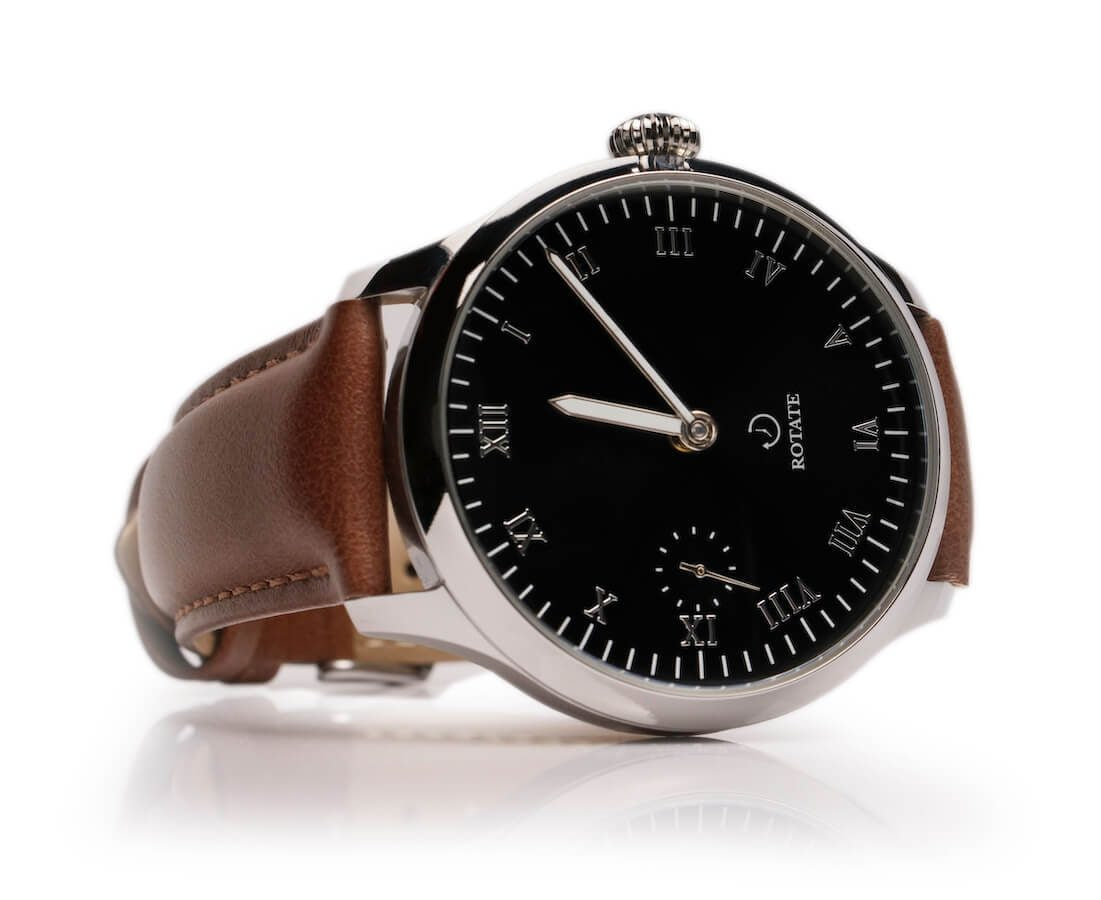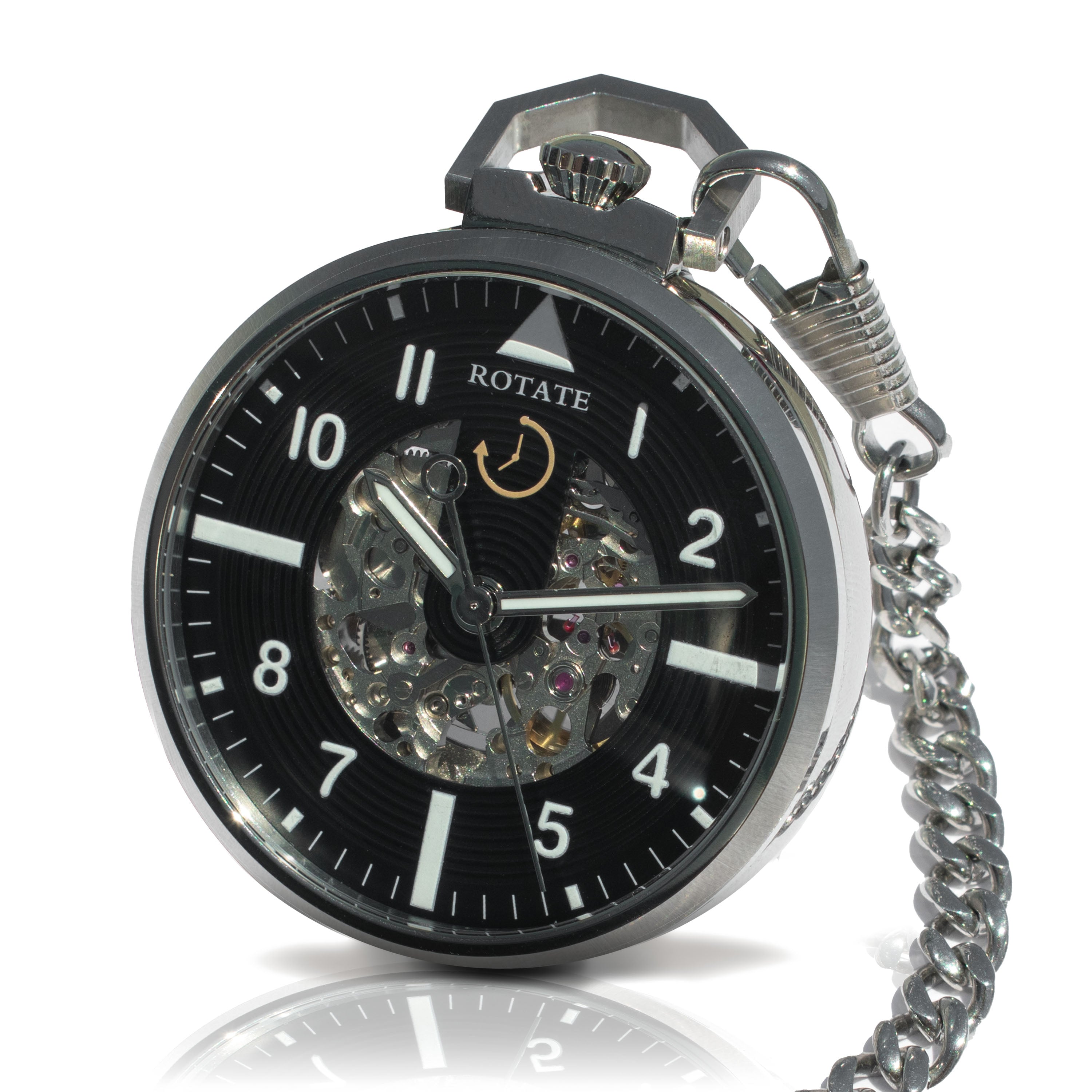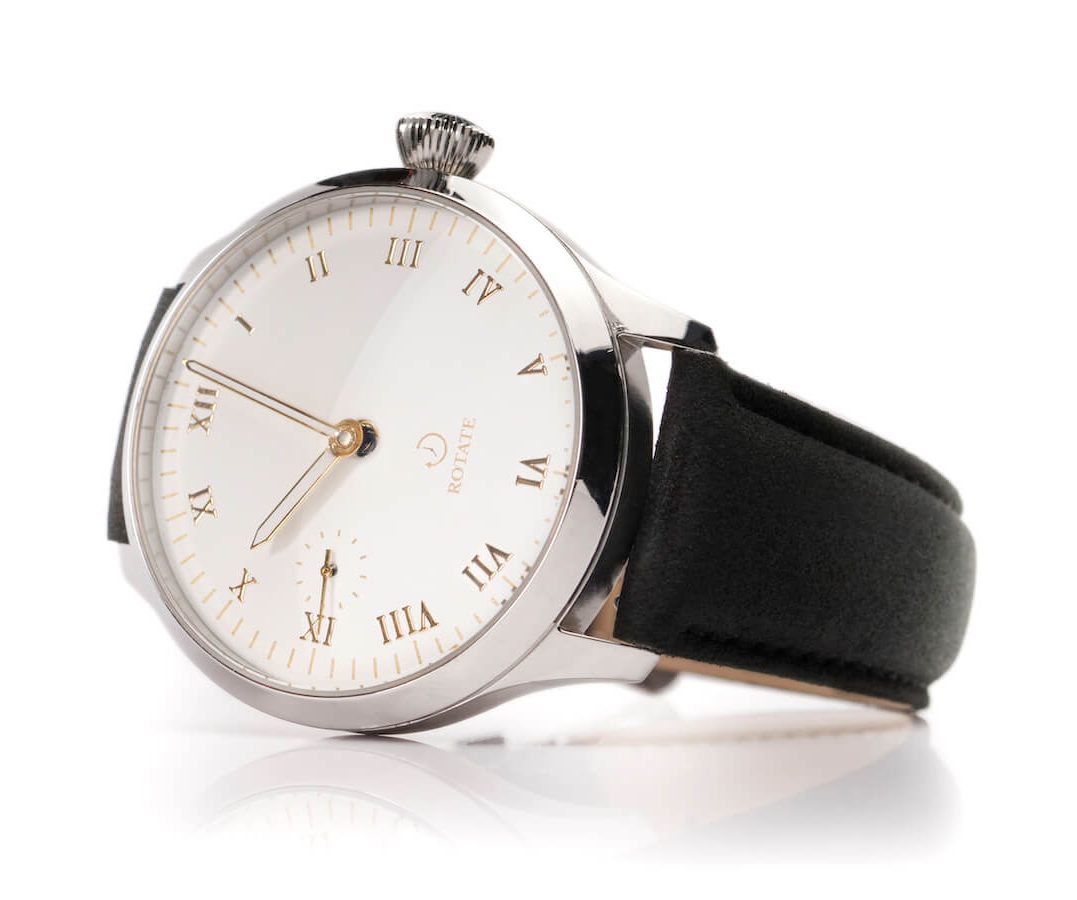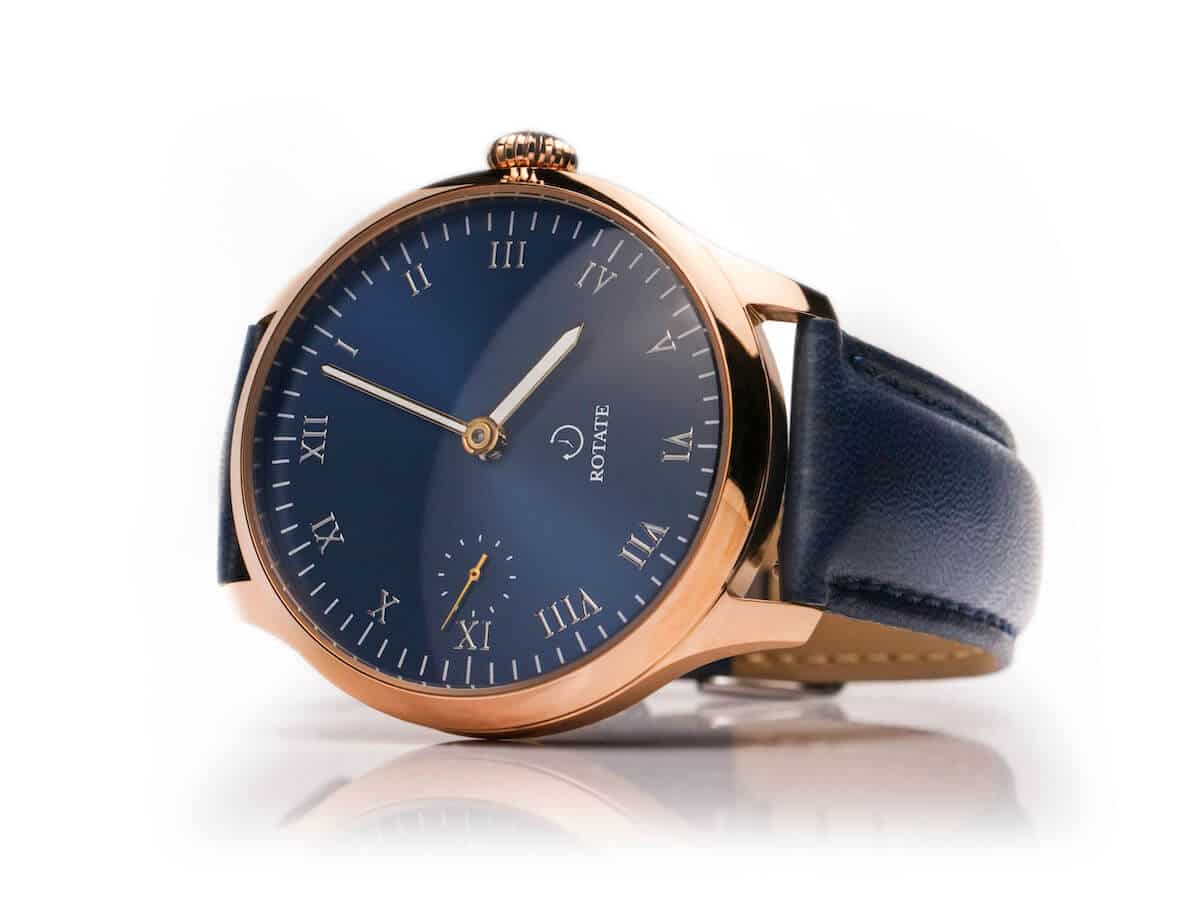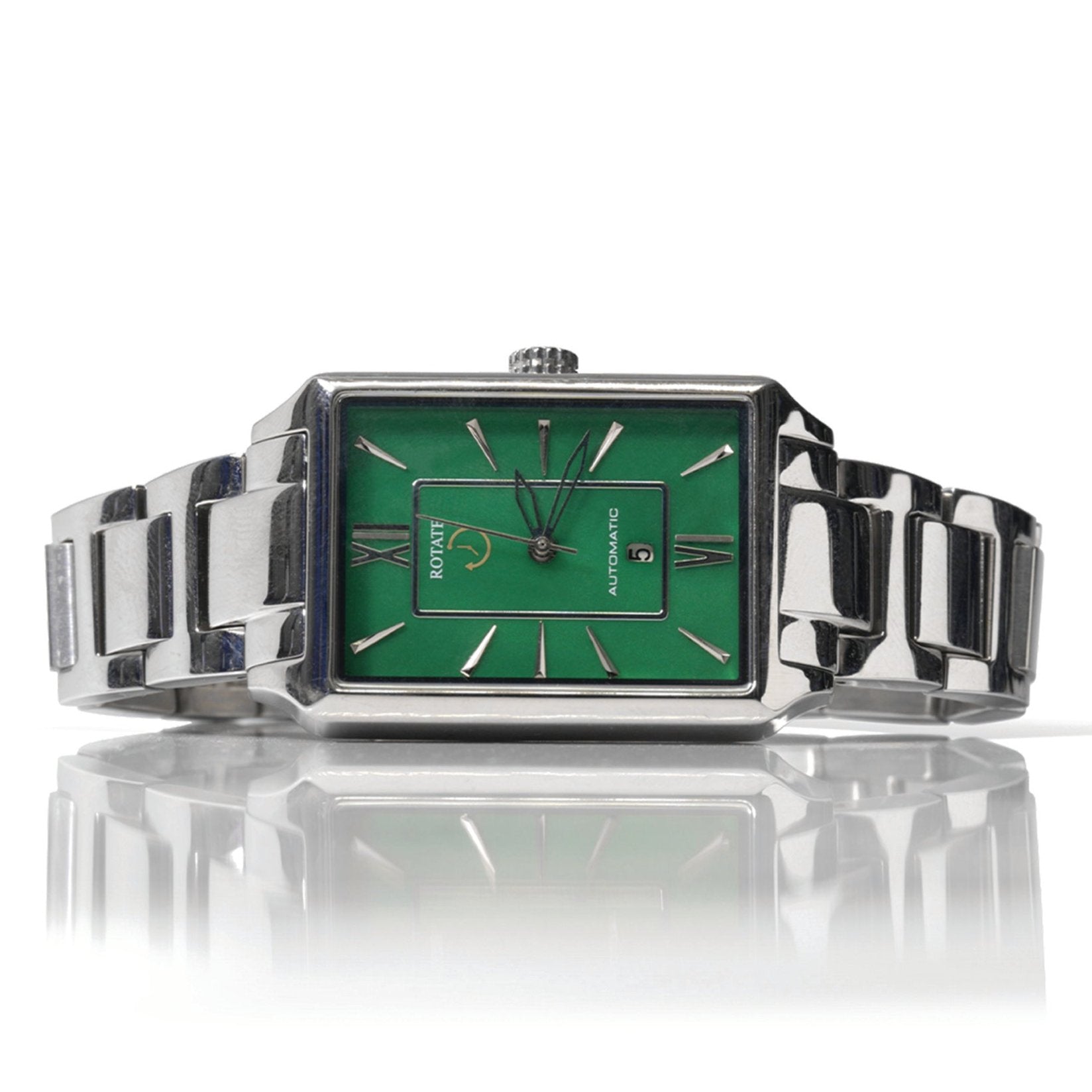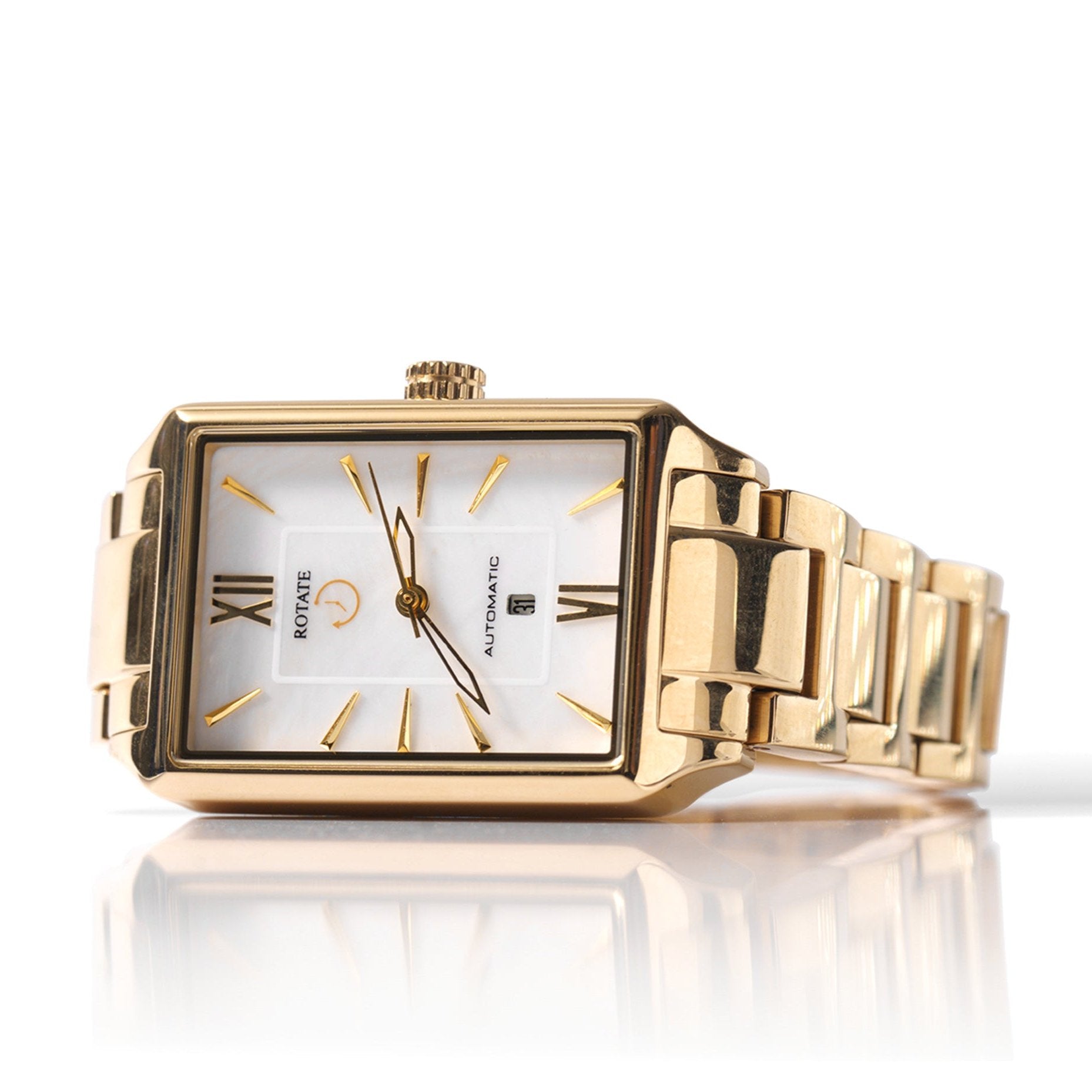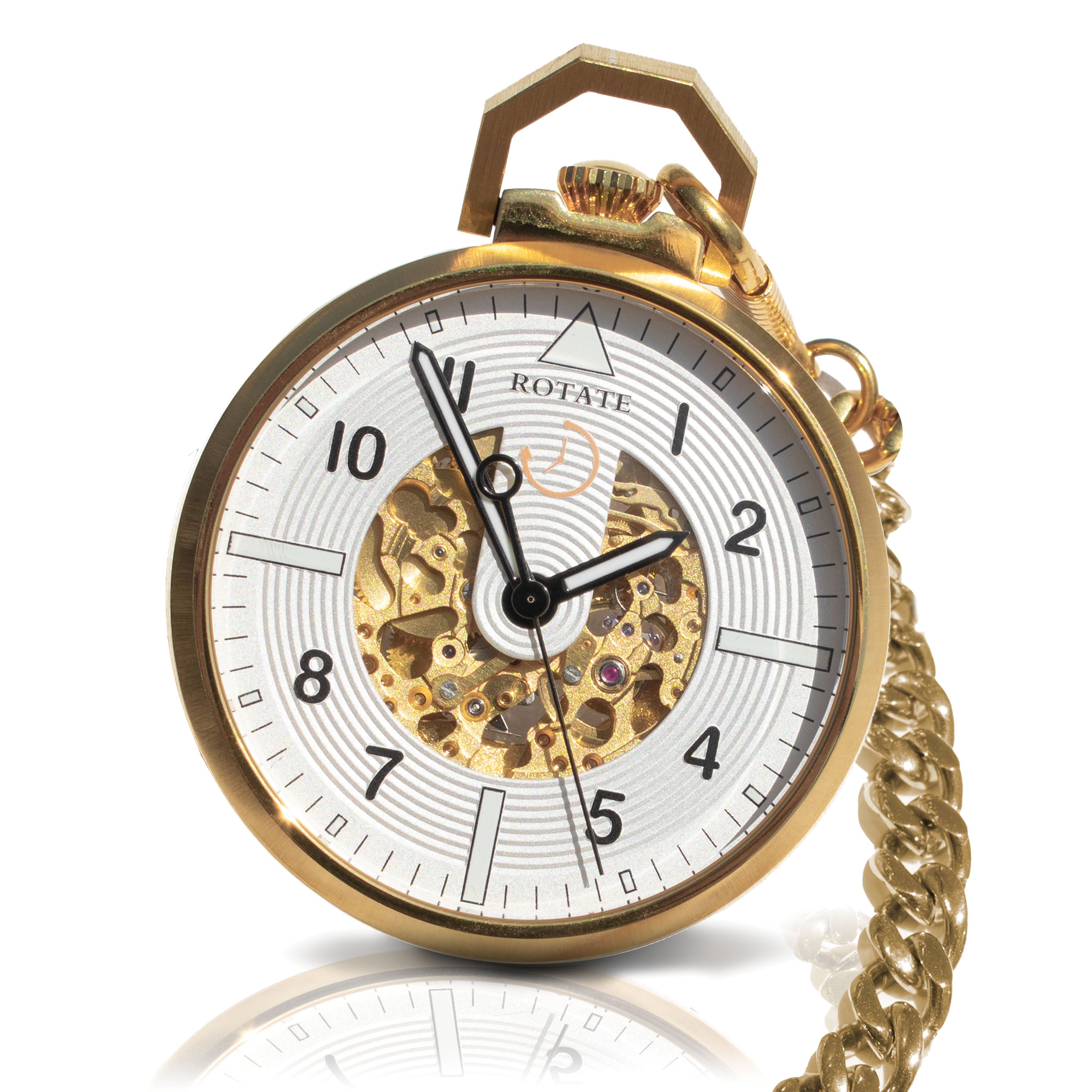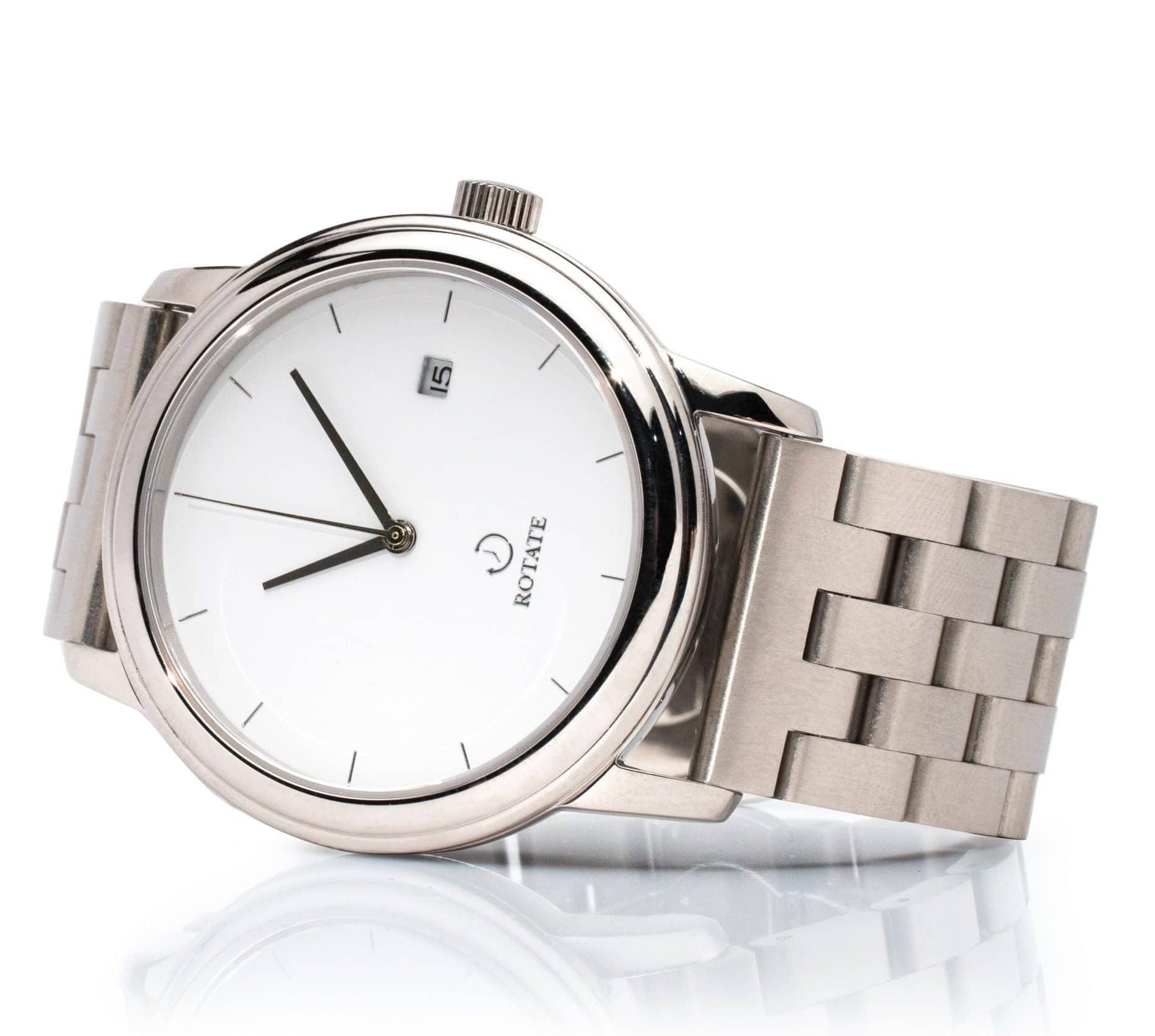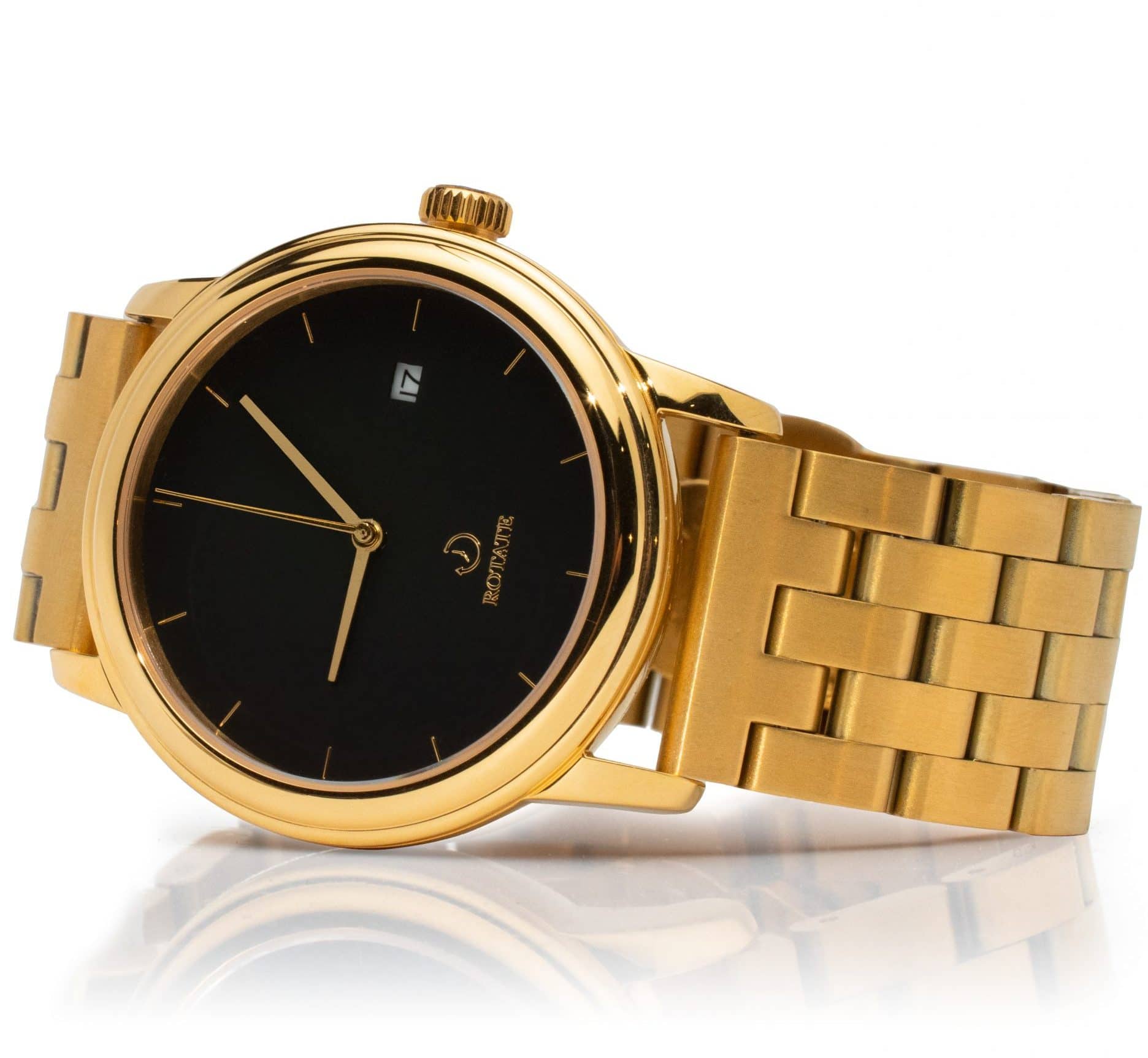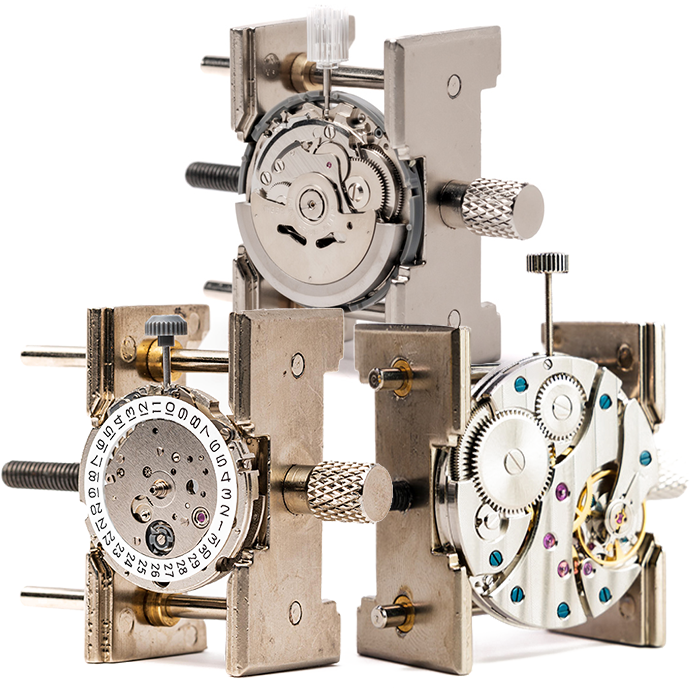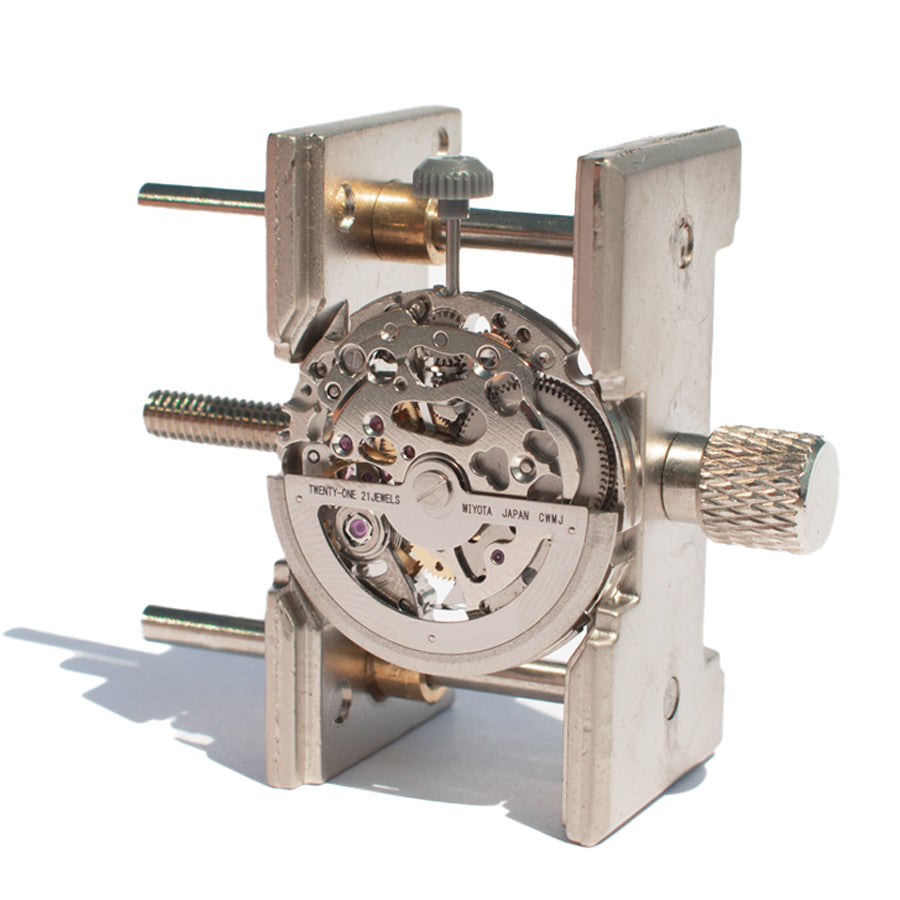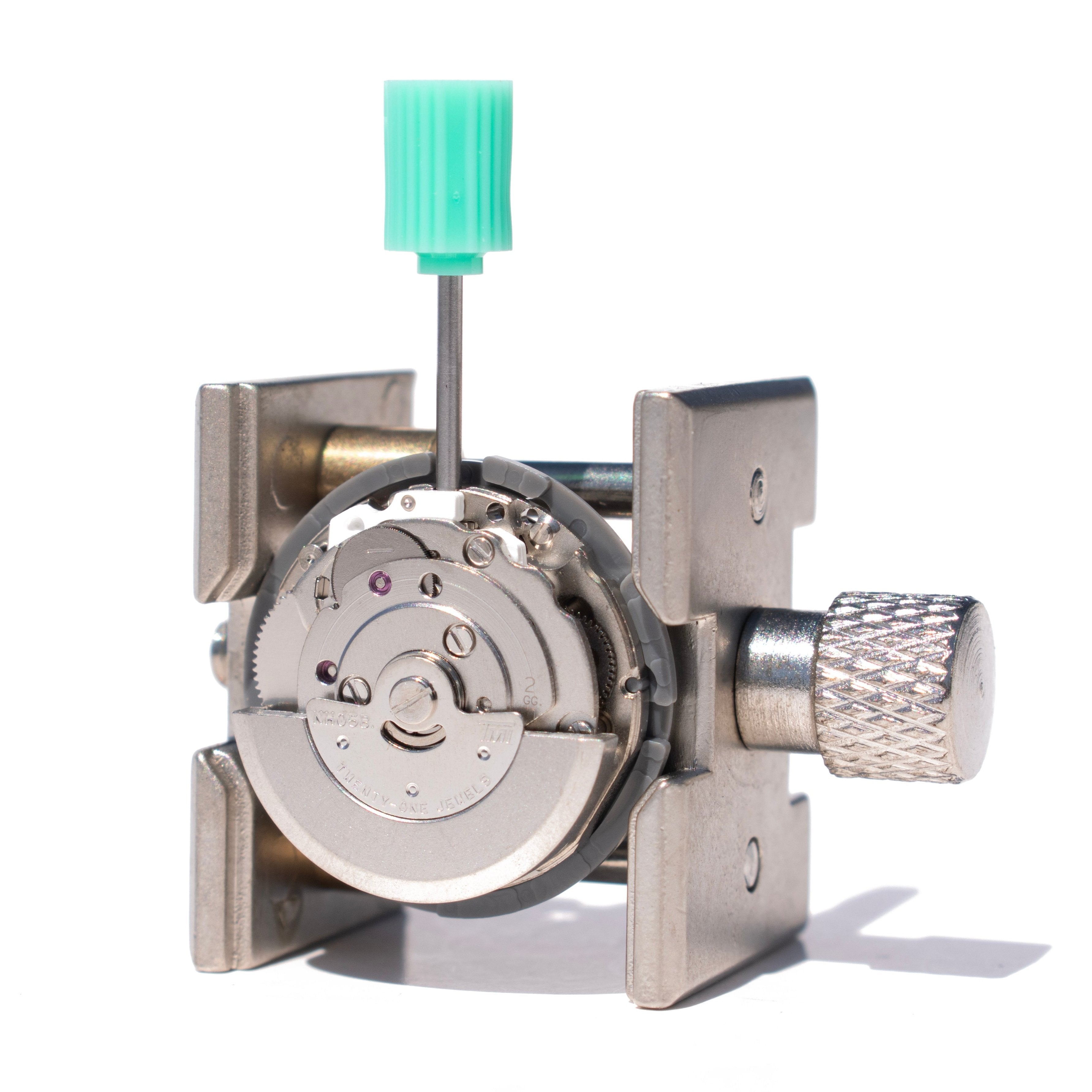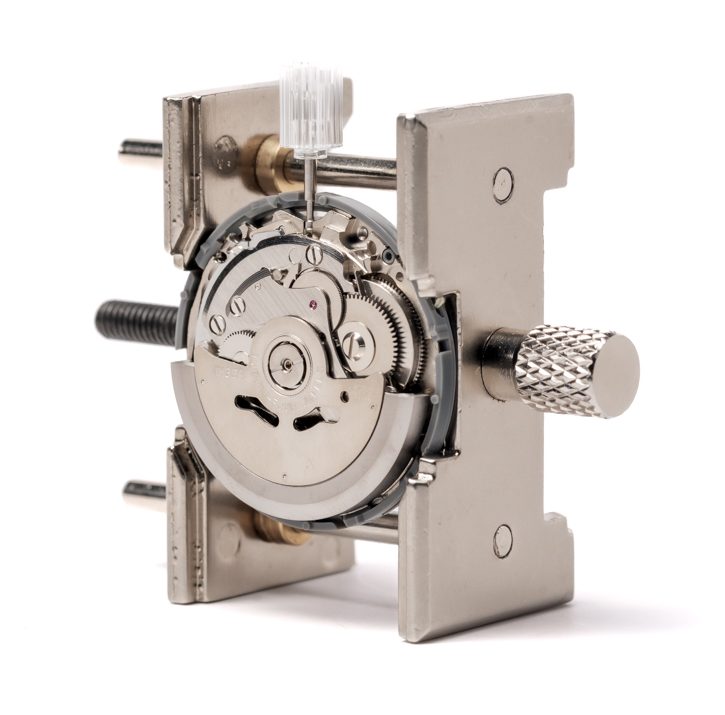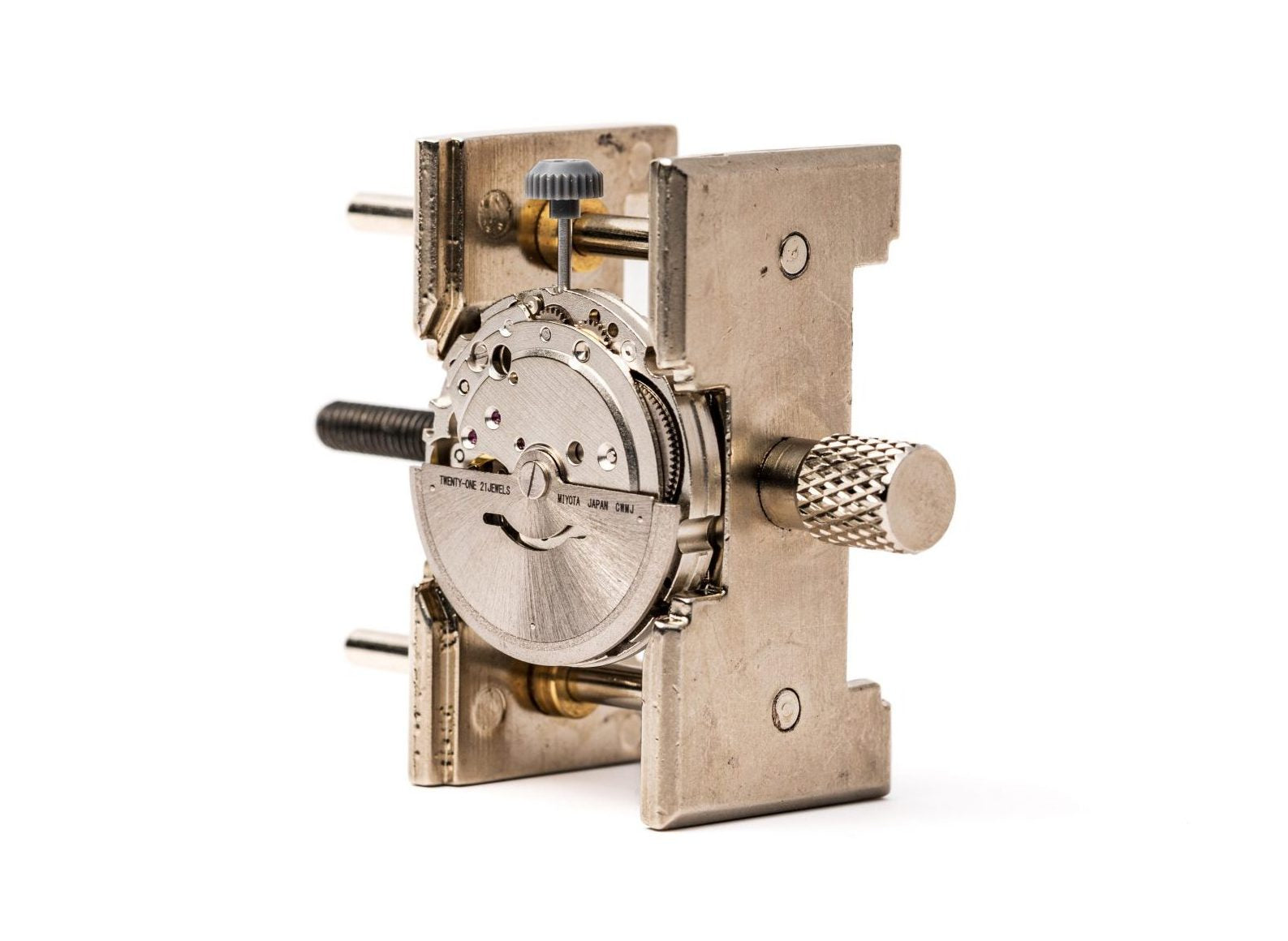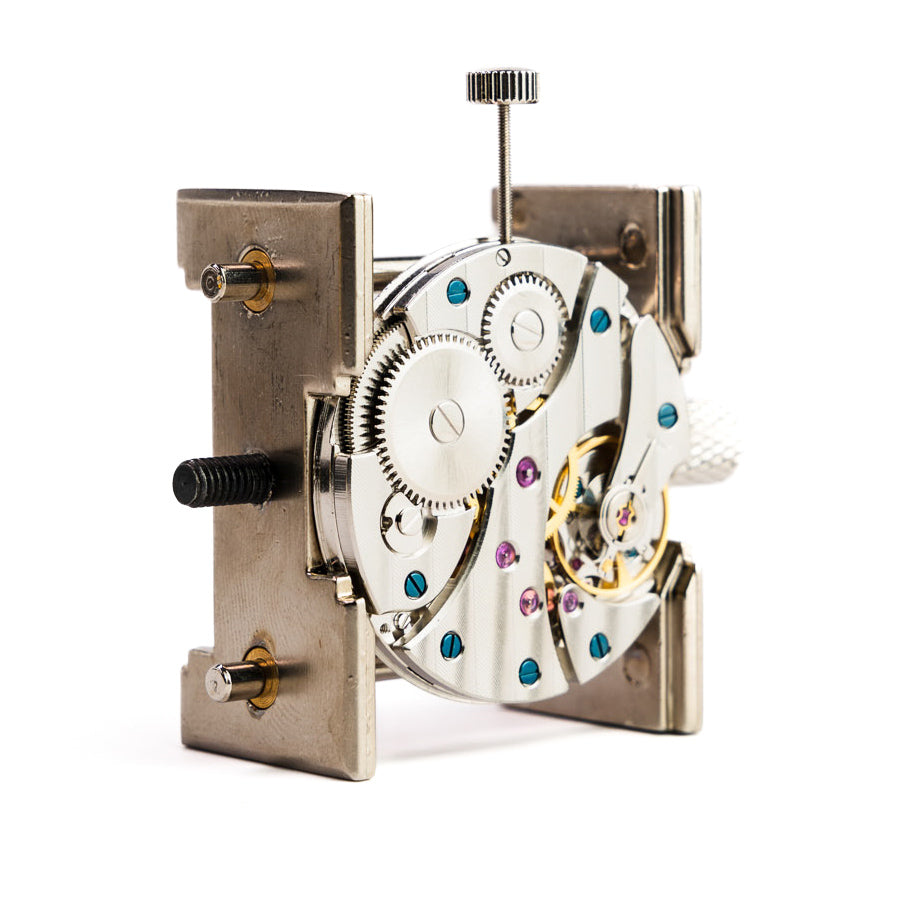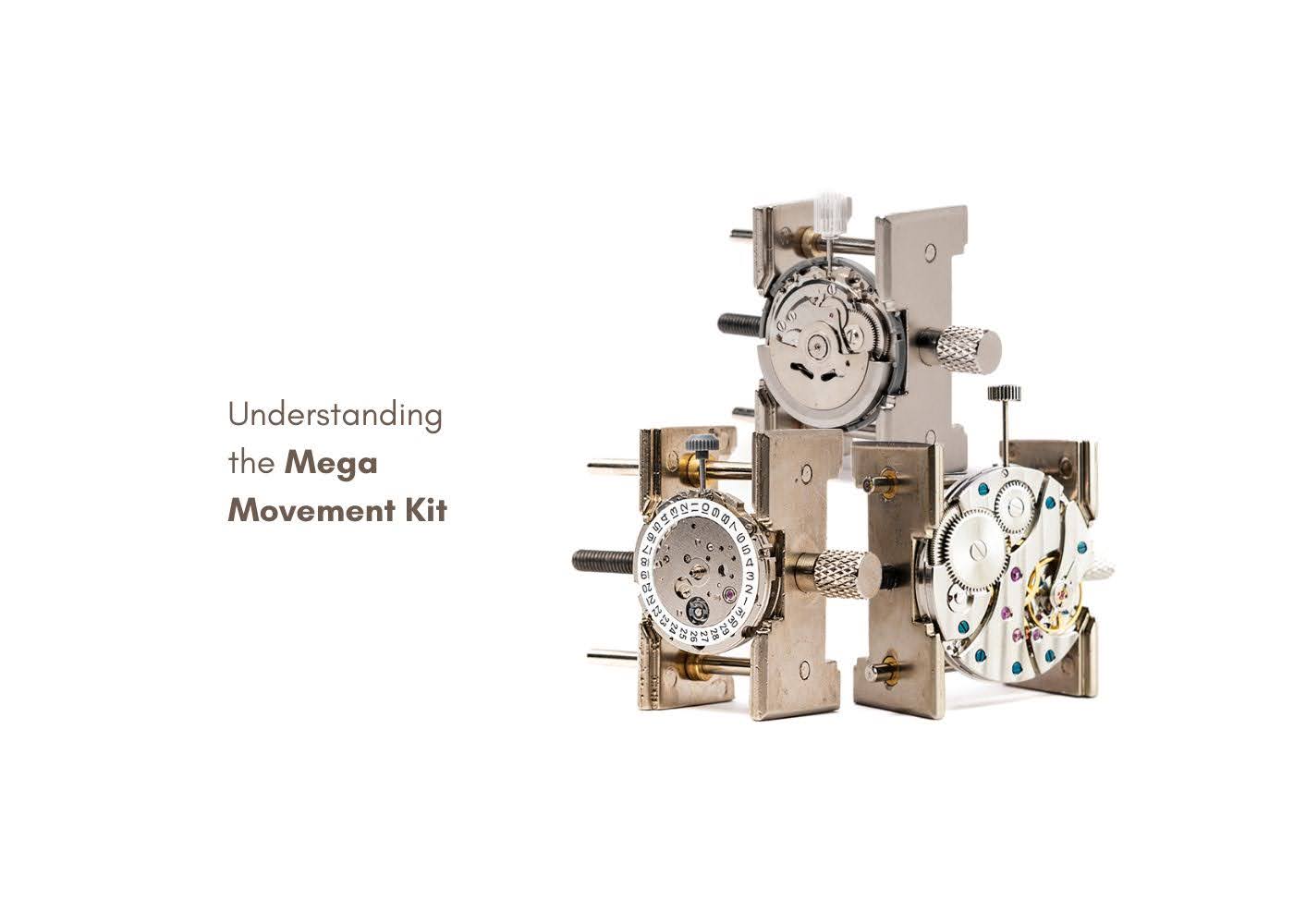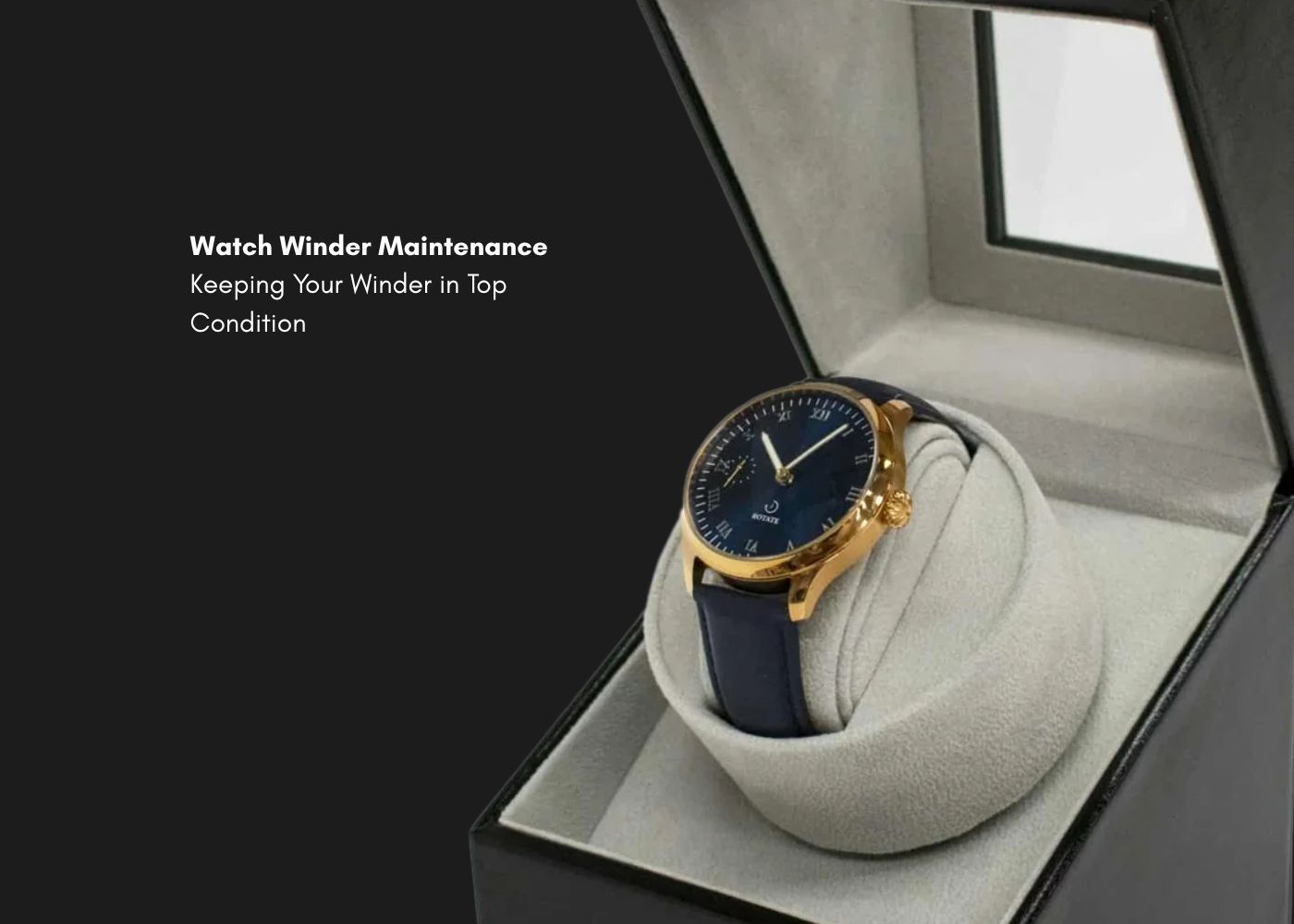
Watch Winder Maintenance: Keeping Your Winder in Top Condition
Automatic watches represent marvels of mechanical engineering, and a quality watch winder plays a crucial role in maintaining their performance. Much like the watches themselves, winders require proper watch winder maintenance to function optimally and extend their service life. With the right care tips, your watch winder can reliably serve your timepiece collection for many years.
Why Watch Winder Maintenance Matters
Mechanical watch owners invest in winders for good reason - keeping automatic movements running smoothly when not worn prevents lubricants from settling and ensures consistent timekeeping. A properly maintained winder protects this investment by providing reliable, consistent rotation without introducing excessive wear or potential damage to your precious timepieces.
Regular maintenance serves several important purposes:
-
Preventing dust accumulation protects both the winder mechanism and your watches from potential contamination
-
Maintaining power components ensures uninterrupted operation and prevents electrical issues
-
Addressing mechanical concerns early prevents more serious problems from developing
-
Keeping the exterior clean preserves the aesthetic appeal of your watch display
Essential Watch Winder Maintenance Tips
Regular Cleaning Procedures
Dust and debris represent the most common enemies of watch winders. Your watch winder maintenance routine should include regular cleaning to address this threat.
For exterior surfaces, gently wiping with a soft, lint-free cloth removes dust without scratching delicate finishes. Wood, leather, or other premium materials on high-end winders may benefit from occasional treatment with appropriate cleaners designed specifically for those materials.
Interior components require special attention during cleaning:
-
Using compressed air helps remove dust from hard-to-reach interior mechanisms without direct contact
-
Microfiber cloths work well for cleaning the watch cushions and interior surfaces
-
Keeping the watch compartment clean prevents particles from transferring to your timepieces
Power Source Care
Many watch winder problems stem from power supply issues. Checking connections regularly ensures uninterrupted operation and prevents potential electrical problems.
For battery-operated winders, periodically inspecting and replacing batteries prevents unexpected stoppage. Corrosion from old batteries can damage internal components, so prompt replacement remains important. AC-powered winders benefit from checking the power adapter and cord for any signs of wear or damage.
Mechanical Maintenance
Moving parts within your winder may eventually require lubrication, though many modern units feature sealed mechanisms requiring minimal intervention. Consulting your manufacturer's guidelines provides the best approach for your specific model.
Monitoring for unusual sounds during operation can help identify potential issues before they become serious problems:
-
Grinding or scraping noises might indicate obstruction or component wear
-
Clicking sounds could signal belt or gear problems
-
Intermittent operation often points to electrical or mechanical concerns
Proper Placement and Environmental Considerations
Where you place your watch winder significantly impacts its performance and longevity. Several environmental factors can affect your winder's operation and prolong watch winder life:
-
Maintaining adequate ventilation prevents motor overheating during extended operation
-
Avoiding direct sunlight protects both the winder and watches from potential UV damage
-
Keeping winders away from sources of moisture prevents potential electrical hazards
-
Stable surfaces prevent excessive vibration that could affect the winder mechanism
Common Watch Winder Problems and Solutions
Winder Not Turning
When your watch winder stops rotating, the issue typically stems from a few common causes:
-
Power supply problems often result from loose connections, depleted batteries, or faulty adapters
-
Motor issues might require professional service if basic troubleshooting doesn't resolve the problem
-
Obstruction from foreign objects occasionally prevents smooth rotation
For basic troubleshooting, checking the power source represents the logical first step. Ensuring secure connections and fresh batteries solves many non-rotation issues without further intervention.
Unusual Noises During Operation
Watch winders should operate quietly, with minimal sound during rotation. Unusual noises often signal developing problems:
-
Dust or debris accumulation within the motor or moving parts creates friction and noise
-
Loose components may produce rattling or clicking sounds during operation
-
Worn belts or gears might create grinding sounds indicating mechanical wear
Addressing noise concerns early through cleaning and inspection prevents more significant damage. Removing dust with compressed air and checking for loose components solves many noise issues without professional intervention.
Inconsistent Winding
When your winder rotates but doesn't properly wind your watches, several factors might be responsible:
-
Incorrect TPD (turns per day) settings fail to match your watch's winding requirements
-
Watch positioning might prevent the rotor from properly engaging with the winder's motion
-
Intermittent power problems could cause unpredictable operation cycles
Adjusting the winder settings according to your specific watch model's requirements often resolves inconsistent winding issues. Many manufacturers provide recommended settings for popular watch brands and models.
The Rotate Advantage: Quality Watch Winders
Rotate Watches offers exceptional products for watch enthusiasts, including their premium Automatic Watch Winder Display Case. The watch winder features thoughtful design elements that address many common maintenance concerns:
-
Rotating holder provides gentle, consistent winding motion without excess stress
-
Quiet operation makes it suitable for bedrooms or offices without disturbing background noise
-
Energy-efficient design minimizes power consumption during continuous operation
-
Universal power adapter accommodates various electrical standards (100-240V AC)
-
Sleek display case showcases your watches while providing protection from dust and environmental factors
Storing Watches in Your Winder
Proper storing watches techniques maximize the benefits of your watch winder while protecting your timepieces:
-
Setting appropriate rotation programs based on manufacturer recommendations prevents overwinding
-
Securing watches properly on cushions prevents movement or potential damage during rotation
-
Rotating multiple watches periodically ensures even wear if your winder has limited positions
For collectors with numerous timepieces, rotating which watches occupy the winder makes sense. Watches worn regularly might not need constant winder storage, while less frequently worn pieces benefit most from maintained movement.
Conclusion
Proper watch winder maintenance ensures reliable performance and longevity for both your winder and the valuable timepieces it protects. Regular cleaning, appropriate placement, and prompt attention to developing issues prevent most common problems before they affect your watches.
Quality matters significantly when selecting a watch winder. Rotate's Automatic Watch Winder Display Case offers thoughtful design features that minimize maintenance concerns while providing reliable performance. Their commitment to quality craftsmanship makes them an excellent choice for discerning watch collectors.
With these care tips in mind, you can enjoy the convenience of a properly functioning watch winder while protecting your investment in fine mechanical timepieces for years to come.
FAQ
Q. How do I maintain a watch winder?
Maintaining a watch winder involves regular cleaning of both exterior and interior components using soft cloths and compressed air, checking power connections and replacing batteries as needed, monitoring for unusual noises or operation, and keeping the winder in an appropriate environment away from dust, direct sunlight, and moisture sources.
Q. What are the common problems with watch winders?
Common watch winder problems include non-rotation (typically power-related), unusual noises during operation (often from dust or loose components), inconsistent winding (settings or positioning issues), overheating (ventilation problems), and watch fitting issues (cushion size or strap adjustment needs).
Q. How often should I clean my watch winder?
Cleaning frequency depends on your environment, but wiping exterior surfaces weekly and performing more thorough cleaning monthly represents a good baseline. Dustier environments may require more frequent attention, while climate-controlled spaces might need less.
Q. Can I repair my watch winder myself?
Simple issues like power problems, dust removal, or loose external components can often be addressed at home. However, internal mechanical or electrical repairs typically require professional service to avoid causing additional damage.
Q. Do watch winders need lubrication?
Most modern watch winders feature sealed mechanisms requiring minimal lubrication maintenance. Consulting your specific winder's manual provides the best guidance, as adding lubricant to sealed systems can actually cause problems rather than solve them.


